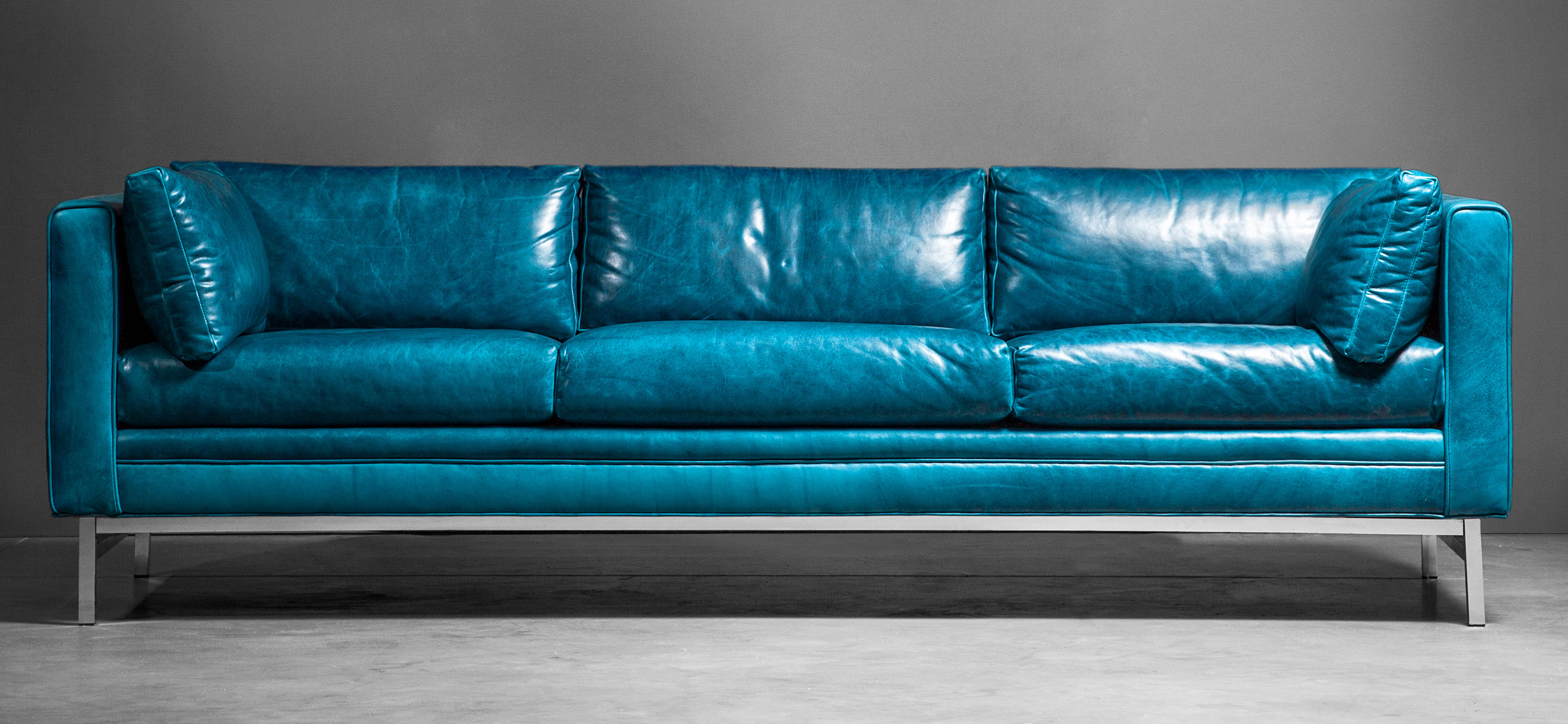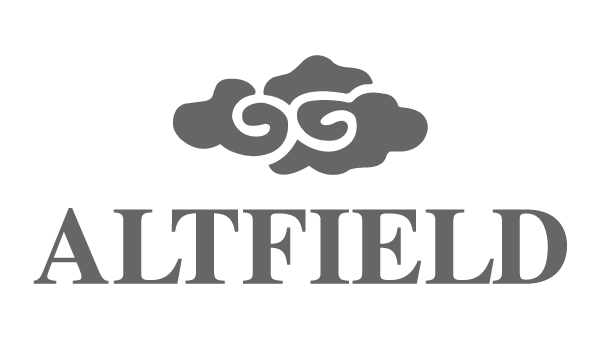MOORE & GILES
Types of Leather
Founded in 1933, in Lynchburg, Virginia, Moore & Giles is dedicated to designing and developing the most innovative and luxurious natural leathers for the high-end hospitality, aviation/automotive and residential interior design industries.
Moore & Giles was founded during the heart of the Great Depression by Donald Graeme Moore. Originally a supplier of “findings”, the Company sold a broad range of components used in footwear constructions to manufacturers in Virginia, Maryland and Pennsylvania. When Donald Moore’s son-in-law, W. Vernon Giles, joined the Company in 1935 the name was changed to Moore & Giles.
Up until the 1980s, Moore & Giles’ primary business had been shoe upper leather, leather lining and sole leather, representing a variety of domestic tanneries. As domestic production declined, the Company diversified as a leather resource to other industries, primarily to the home furnishings industry, but also to the marine and athletic arenas. In the early 1990s, leather sales to the home furnishings industry became Moore & Giles’ primary focus and it moved away from the more price-sensitive, commodity-type leathers to more natural tannages and finishes. These pioneering efforts brought a fashion approach to home furnishings that showcased the visual and tactile beauty of natural leather. During the past twenty-five years, strategic partnerships with tanneries in Spain, Italy, New Zealand, South America and the Far East have been cultivated to create access to the world’s finest leather.
The turn of the century saw the business expand its focus from residential manufacturers to an even larger base of architects, specifiers and interior designers, primarily in the high-end hospitality, residential and aviation design arenas. From the lobbies and rooms of the top hotels, to the interiors of celebrated restaurants, to the spaces within artfully designed homes, Moore & Giles leathers grace some of the most exciting and exclusive design projects around the world.


This month we explore the different types of leather crafted by Moore & Giles.

Full Grain
This term refers to leather that has not been altered by sanding or buffing. Full Grain leather retains the grain layer, original texture and markings that have naturally occurred during the lifetime of the animal and create a one-of-a-kind look for each upholstered product. The vast majority of Moore & Giles leathers are designed on Full Grain hides. Full Grain is often confused with Top Grain, but "Top Grain" leather simply comes from the uppermost portion of a hide - the term "Top Grain" is referring to the layer of the hide from which the leather originates. Leather is split into layers and sold as two different products: Top Grain and Split leather. From the Top Grain portion of a hide comes both Full Grain and Corrected Grain leathers.
(Image- Echo)

Corrected Grain
Like Full Grain, Corrected Grain is also Top Grain leather. Corrected Grain leather undergoes a light buffing process to better absorb dye and minimize the appearance of blemishes and natural leather markings on its surface. Corrected Grain leather is often preferred for use in projects where uniform colour desired.
(Image- Holland)

Nubuck
A Corrected Grain leather, is a Top Grain leather where the top hair cell layer has been removed by sanding, resulting in a luxurious nap and velvet-like surface.
(Image- Cottswald)

Suede
Split leathers are often sold as suede. They originate a few layers down from the grain. The Split leather is buffed to create a soft, fuzzy surface.
(Image- Satin Suede)
Aniline vs. Semi Aniline
Aniline leather is coloured by immersing hides in a dye bath with transparent, aniline dyes that fully penetrate the hide. These leathers are the most natural and often the most pristine hides are used. All surface imperfections and flaws (or beauty marks) will be visible in aniline dyed leathers.
Semi-Aniline leathers are aniline dyed with an added layer of pigment or surface coating to enhance durability and colour consistency. Imperfections and flaws are still visible.
Aniline leather is coloured by immersing hides in a dye bath with transparent, aniline dyes that fully penetrate the hide. These leathers are the most natural and often the most pristine hides are used. All surface imperfections and flaws (or beauty marks) will be visible in aniline dyed leathers.

(Terra)
Semi-Aniline leathers are aniline dyed with an added layer of pigment or surface coating to enhance durability and colour consistency. Imperfections and flaws are still visible.

(Tribeca)
Vegetable Tanning vs. Chrome Tanning
Vegetable Tanning is the oldest method of tanning. It utilizes vegetable tannins and extracts from trees and plants for use in the tanning process. Today, vegetable tanned leather is still utilized by boot and saddle makers.
Chrome Tanning is the most widely used process of tanning leather, accounting for approximately 90% of leather produced globally today. Invented in the 19th century, chrome tanning uses the minerals of chromium salts to tan hides and allows for a softer hand and a broader range of colour.
Vegetable Tanning is the oldest method of tanning. It utilizes vegetable tannins and extracts from trees and plants for use in the tanning process. Today, vegetable tanned leather is still utilized by boot and saddle makers.

(Valdesa)
Chrome Tanning is the most widely used process of tanning leather, accounting for approximately 90% of leather produced globally today. Invented in the 19th century, chrome tanning uses the minerals of chromium salts to tan hides and allows for a softer hand and a broader range of colour.

(Ellis)
For further information and sampling please contact sales@altfield.com.hk
